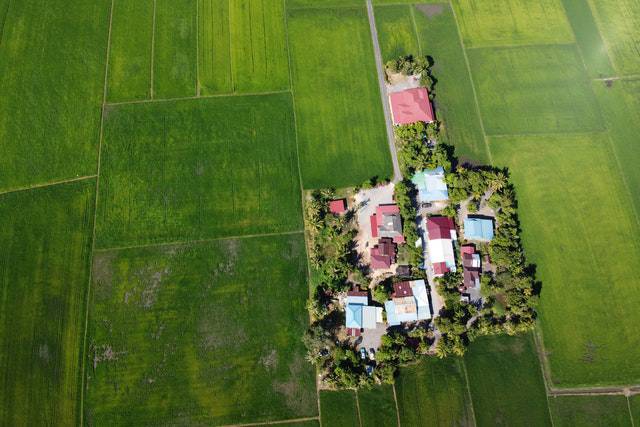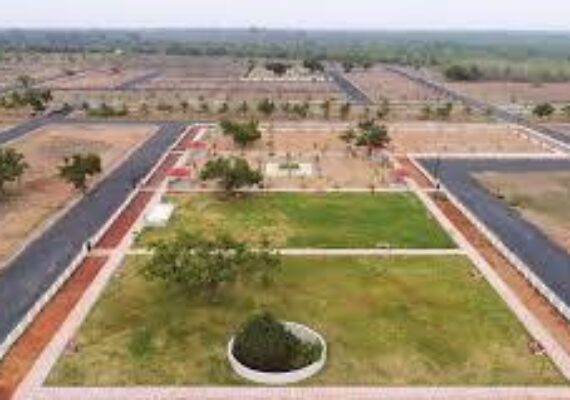Human activities have been destroying the environment in several ways. Climate change, increased carbon footprint, elevated pollution levels, and destruction of the ozone layer have been some of the most evident effects of unruly construction and development, unchecked emissions, and unethical business activities.
Government bodies and NGOs have been implementing corrective measures to reduce the destruction. Contamination of water bodies and destruction of natural water resources have also been a matter of serious concern. According to researchers, the third world war would be for water. We all must put in efforts to save water and educate the young generations on the importance of protecting water bodies.
Act 28 of 2008, The Kerala Conservation of Paddy Land and Wetland Act 2008 describing the Facts Behind Kerala Agri Land Utilization Was a move in this direction. Aimed at protecting the agriculture sector by conserving paddy fields and preserving wetland, the act came into force in 2008. It was also expected to enhance the agriculture sector and increase the production of rice in the state. In turn, preserving the ecosystem of the state.
Basic Features of Paddy and Wetland Act 2008
The paddy and wetland act 2008 about facts behind kerala agri land utilization has promulgated a clear directive concerning wetlands. Accordingly, people cannot fill the wetland without proper inspection and approval by the authority. Conversion of the land for construction of residential property depends on the type of the land.
The features of the Paddy and Wetland Act 2008 in Kerala are:
- The wetlands in the state are segregated into two categories:
- I- Land suitable for paddy cultivation.
- II – Land already filled, reclaimed, planted with crops or constructed with buildings and so on. Making the land unsuitable for paddy cultivation.
- The first category of land can be used only for paddy cultivation.
- In the case of second category land, the owner can obtain approval for the construction of their own house. The approval would be for using five cents of land if the property is in town limits and ten cents in Panchayats.
- The second category of land can be used for other purposes as well. Nonetheless, the authority to approve it is at the sole discretion of the governmental bodies. The property owner will have to pay 10 to 30% of the fair value of the land to the government for conversion of the land for other purposes.
- This act doesn’t apply to the planning areas notified by the state government. Other than that, the Paddy and Wetland Act 2008 describing the facts behind Kerala agri land utilization is applicable to every area across the state.
Read : How does the Supreme Court’s Verdict on the Real Estate Act Benefit Homebuyers?

How to Apply for Land Development in the Area Belonging to Category 2?
Any person, the property owner, planning to pursue land development in the area belonging to category 2 should apply for approval from the authority.
- The request for approving land development should be submitted to the Revenue Divisional Officer, in the respective Municipality, Town Panchayat or Village Panchayat, under whose jurisdiction the land is located.
- It would be wise to go to the authority office in person and discuss your requirements with the staff. The staff would be able to confirm the possibility of conversion of the land, based on the records held in the office. You cannot get authorization for development if the land falls in category 1 or planning area by the government.
- Make note of the required documents and arrange those.
- Fill in the application form received from the office and attach all the documents required. The application has to be submitted in triplicate.
- You must pay a nominal amount as a “Scrutiny Fee” while submitting the application. Note that, the authorities will accept the application only if all the data entered is accurate and the documents substantiate the same.
- You will be provided with an acknowledgement number based on the entry in the system. As everything is systematic and streamlined nowadays, you can get a probable date of the certificate as well.
- You will get an SMS alert as and when the authority processes the application.
- You would be informed about the inspection of the property. The concerned authority will inspect the land and confirm that everything stated in the application is correct.
- Once the confirmation has been made, the authority would forward the application to the collector or the specifically designated authority (if it is a wetland). Concurrence from the said authority is mandatory for obtaining approval. He or she may seek a report from the Joint Director of Agriculture or the person authorized in the case of dry land.
- The next stage of inspection is conducted by higher authorities along with the Deputy Director of Town Planning, or any equivalent authority. Members from other relevant departments would accompany.
- The concurrence of the collector is the essential factor that would initiate the approval process.
- Post the Collector’s approval, the authority will issue the approval for land development to the local body.
- All the info, the approval status, would be conveyed to the applicant in due course.
- Once the local authority receives the approval, it will evaluate the property and fix the conversion charges. The same would be informed to the applicant.
- Pay the fee as per the laid down procedure.
- Once the process is completed, the local authority will specify a date for receipt of the certificate.
- The applicant can reach the office and collect the land conversion approval.
Also read: Pradhan Mantri Awas Yojana – Things to know
The Kerala Conservation of Paddy Land and Wetland Act 2008 is abided by the authority strictly. Hence, you will have to follow the procedure properly to get the concurrence. If found not permissible, the authorities can reject the application outright.








